Kent Defences Research Group
Recent
Chris Harman of the Capel Battery Preservation Group provides an update on a project to restore the remnants of the structures at Capel on the north of the Weald.
Recently published findings from the excavations of the Kent Archaeological Rescue Unit in Gravesend in 1989 draw attention to the discovery of a riverside Romano-British settlement over an area of at least 5 acres, a road extending inland, and a possible Roman military site.
Clive Holden’s report is the culmination of his two years research into the military history of Maidstone in the Second World War and the plans for its defence.
Paul Tritton of the Kent Defence Research Group, 2020, Maidstone: Kent Archaeological Society
Rod LeGear, 2024, Archaeologia Cantiana, Volume 145. Maidstone: Kent Archaeological Society.
Victor T. C. Smith, 2021, Archaeologia Cantiana, Volume 142. Maidstone: Kent Archaeological Society.
Victor Smith, 2019, Archaeologia Cantiana, Volume 140. Maidstone: Kent Archaeological Society.
Victor Smith, 2016, Archaeologia Cantiana, Volume 137, pp. 63-106. Maidstone: Kent Archaeological Society.
Victor T. C. Smith, 2012, Archaeologia Cantiana, Volume 132, pp. 153-188. Maidstone: Kent Archaeological Society.
Victor T. C. Smith, 2011, Archaeologia Cantiana, Volume 131, pp. 159-196. Maidstone: Kent Archaeological Society.
Researches the county’s defences of all types and periods through the study of records, maps, aerial photographs, ground investigation and by other means.
Victor Smith has very kindly supplied scans of a number of reports, now made available on thee Society website.
Chris Harman of the Capel Battery Preservation Group provides an update on a project to restore the remnants of the structures at Capel on the north of the Weald.
Victor Smith, 2021, KAS Magazine, Issue 116 (Summer 2021). Maidstone: Kent Archaeological Society.
Victor T. C. Smith and Alan Anstee, 2021, Archaeologia Cantiana, Volume 142. Maidstone: Kent Archaeological Society.
Recently published findings from the excavations of the Kent Archaeological Rescue Unit in Gravesend in 1989 draw attention to the discovery of a riverside Romano-British settlement over an area of at least 5 acres, a road extending inland, and a possible Roman military site.
Clive Holden’s report is the culmination of his two years research into the military history of Maidstone in the Second World War and the plans for its defence.
Victor Smith highlights an iron key thought to have been used by Lt. Col. Charles G. Gordon (later General of Khartoum fame) during his stay at New Tavern Fort in Gravesend from 1865-71 when acting as Commanding Royal Engineer for the Thames District.
With a study of Kent’s defences during the Great War submitted to the editor of Archaeologia Cantiana for publication and an historical overview of the 20th century defences of Thanet near completion, two research and publication projects by Victor Smith are scheduled to begin in 2016.
Volume 23 of the Journal of the Ordnance Society has been published including a pap“r The artillery of the Great War anti-invasion defences of the Swale area of Kent” by Alan Anstee.
New Tavern Fort (armed from the 1780s-1908) on Gravesend’s riverside displays a regionally important collection of 12 pieces of historic artillery.
Following a meeting with historians of Thanet’s military past, an assessment has begun of the available documentary sources to support a possible new project for an enhanced study of the defences of this council district.
Kyn of the Kent History Forum recounts the tale of the explosion of a 32-pounder smoothbore muzzle-loading gun mounted along the front of the battery of Archcliffe Fort on a Thursday evening of August 1860.
The history and archaeology of a Cold War bunker at Gravesend: a research and reporting project.
Displayed in a fenced area in Royal Pier Road on Gravesend’s riverside are the brick and stone remains of one of a network of five cross-firing artillery blockhouses built by Henry VIII in 1539/40 to guard the river approaches to London.
In February 1915 with large numbers of troops billeted in and around Sittingbourne the potential benefits of having troops in the area was demonstrated by the effects of a fire in King Street.
Alan R. Anstee reports on the trial, first seen in the 23rd January 1915 edition of the Kent Messenger, of John Murphy, alias Hugh Charles Caston a Royal Engineer Company Sergeant Major.
Fan Bay Deep Shelter is a system of underground tunnels located on the edge of Fan Hole on the White Cliffs. The shelter is located on the land which was purchased in the national appeal to buy the remaining section of the White Cliffs in 2012.
There are volunteering opportunities at a number of Kent’s historic forts. These can be interestingly varied.
In May 2014 the Historic Defence Committee in partnership with KAS, Maidstone Museum and KCC ran a battlefield tour of the WW1 defensive sites of Swale and Sheppey.
By Victor T.C. Smith (with contributions from Alan Anstee). General and local context for the assistance of those participating in the Defence of Swale project.
The Defence of Swale project is a London Array funded and Kent County Council administered heritage project. The project is designed to map and catalogue 20th century military and civil defence assets of Swale to provide an overview of Swale’s defence heritage.


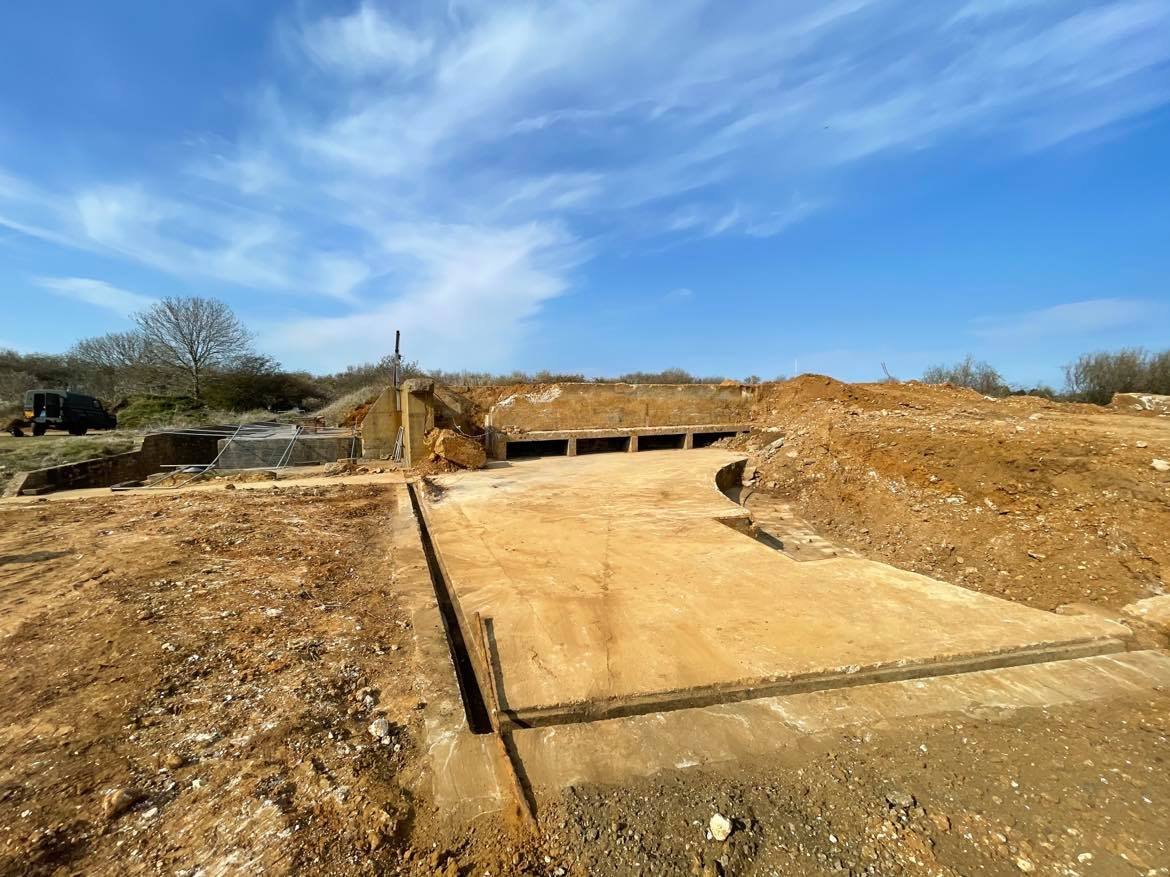



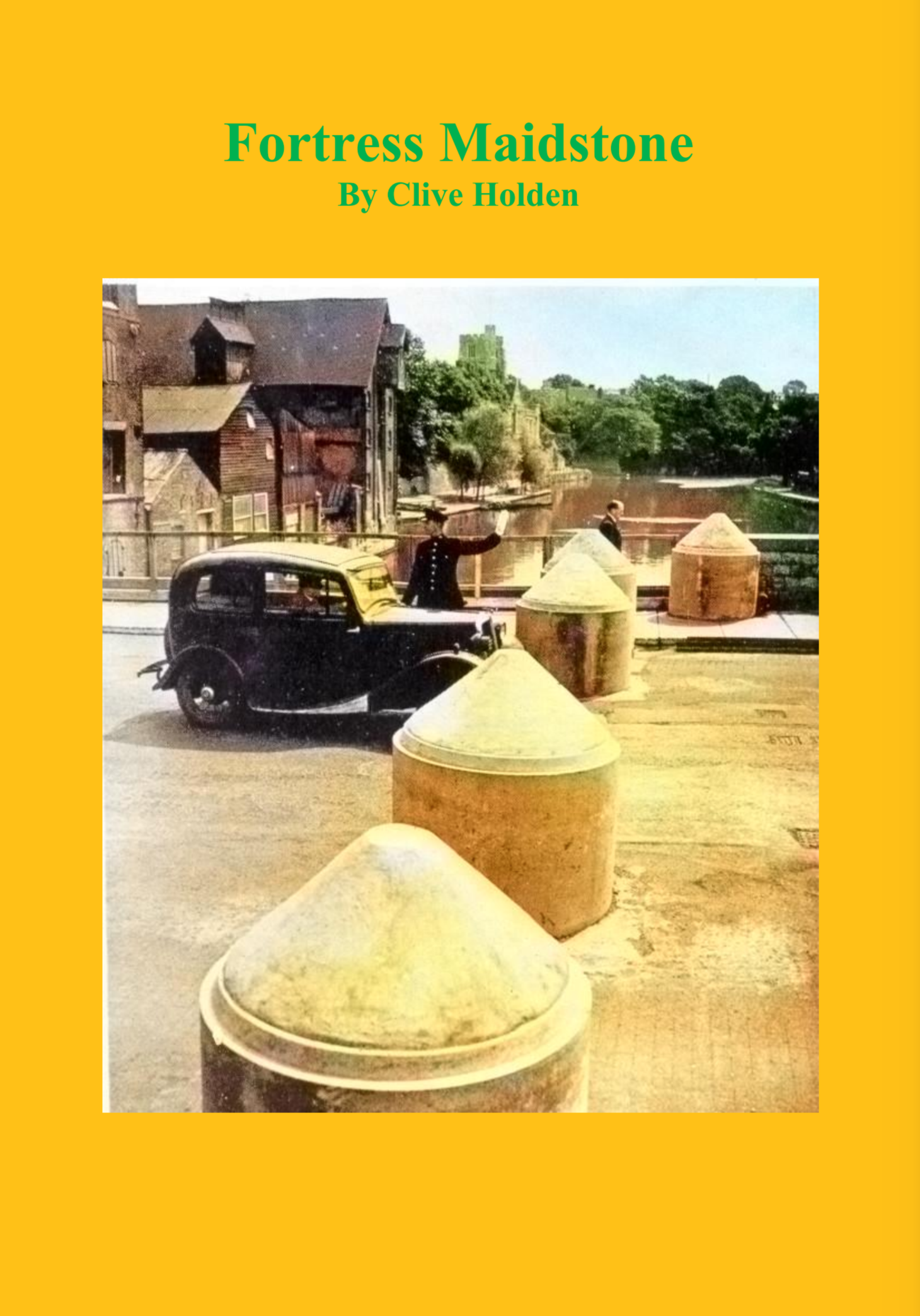

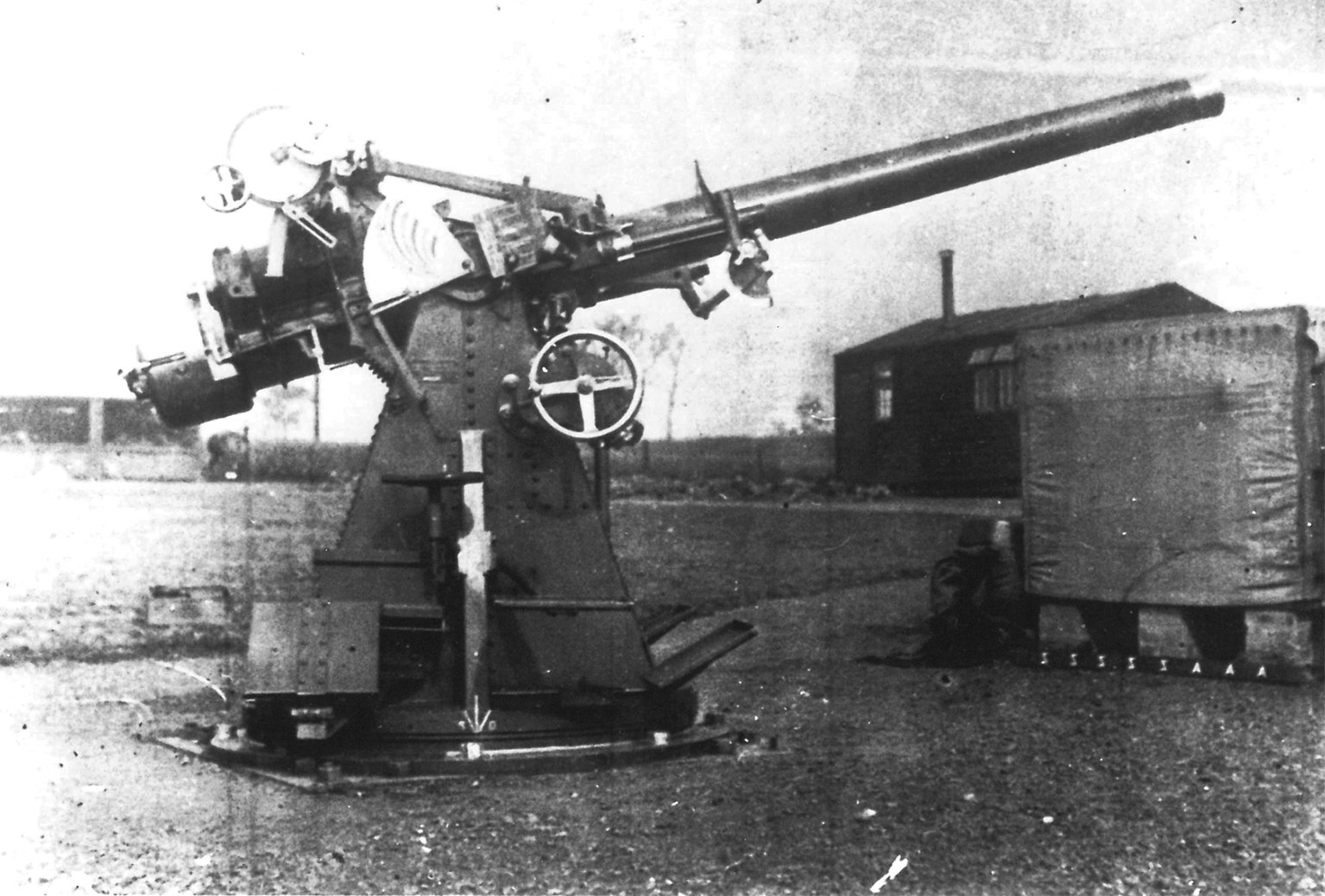



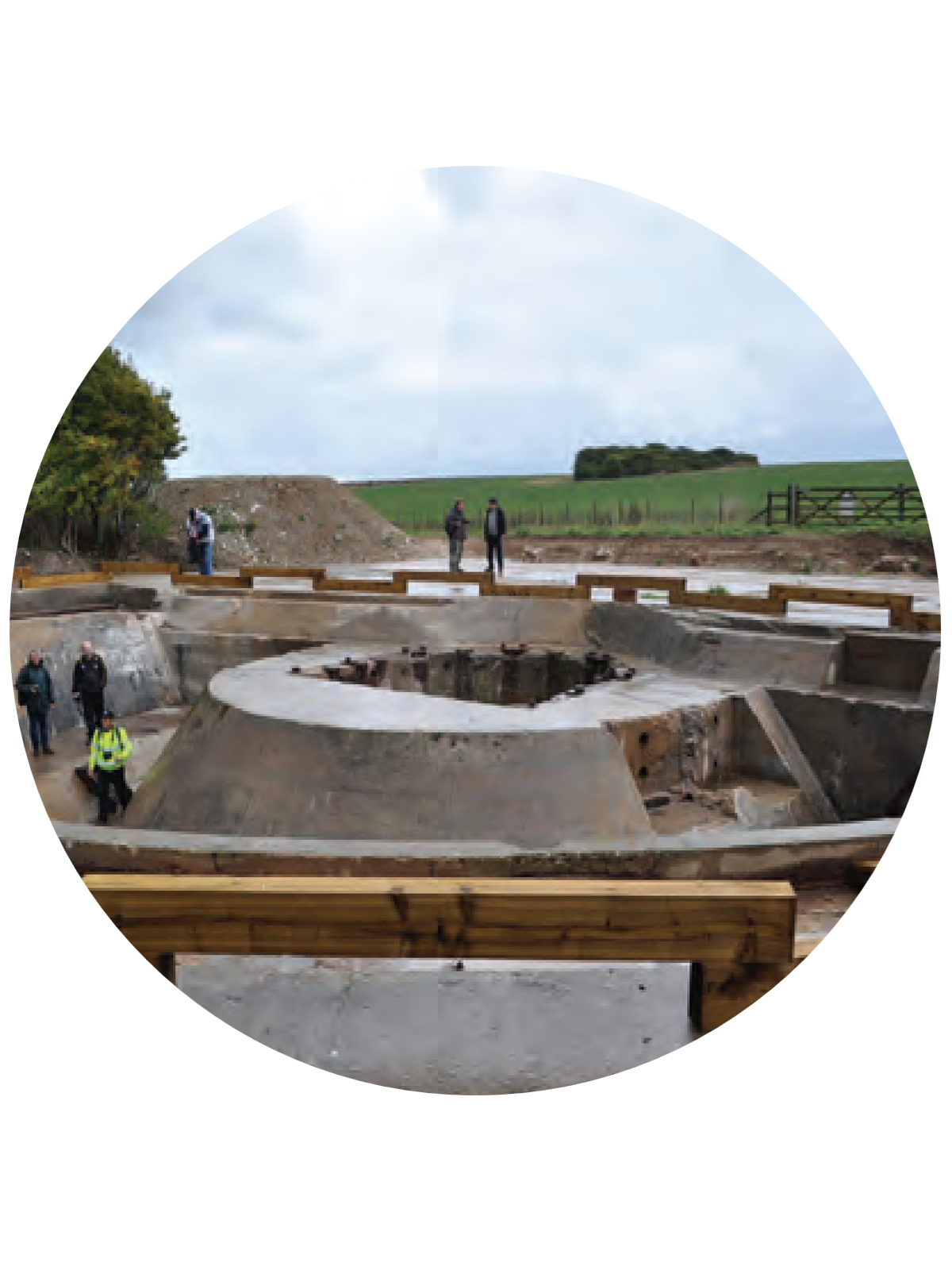
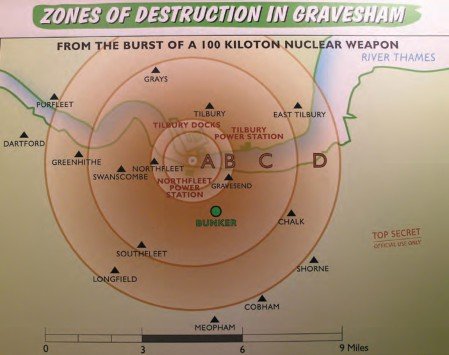
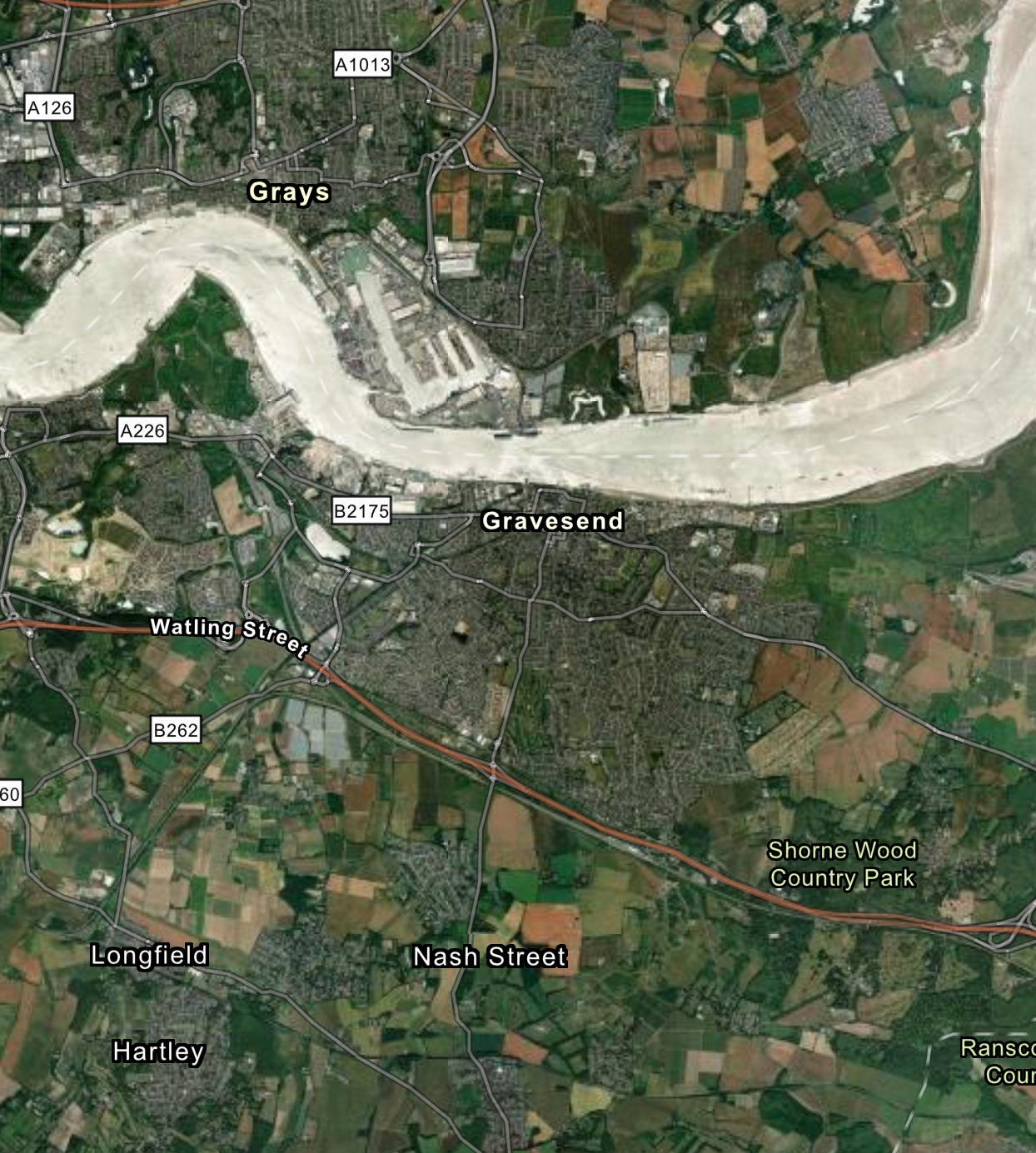
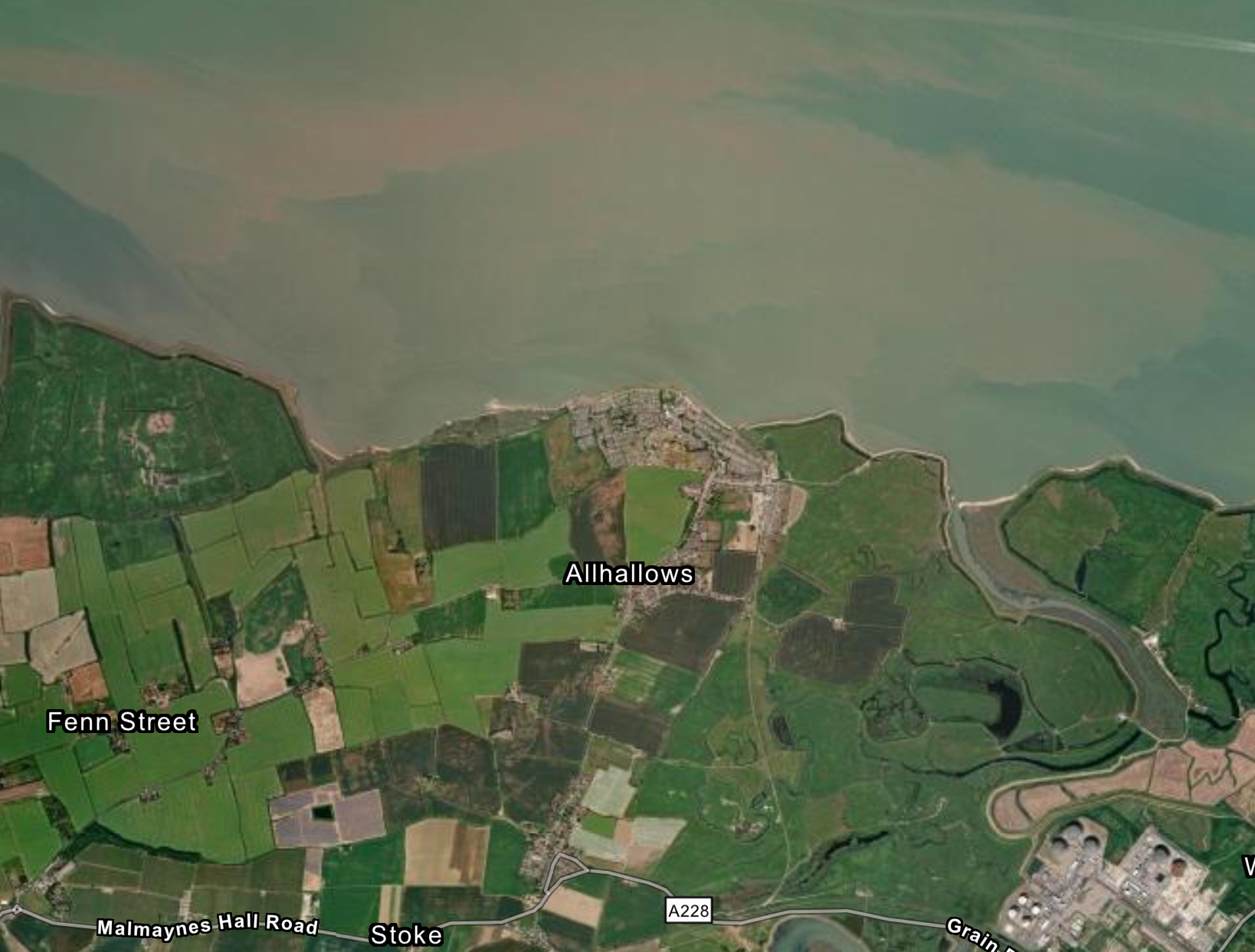

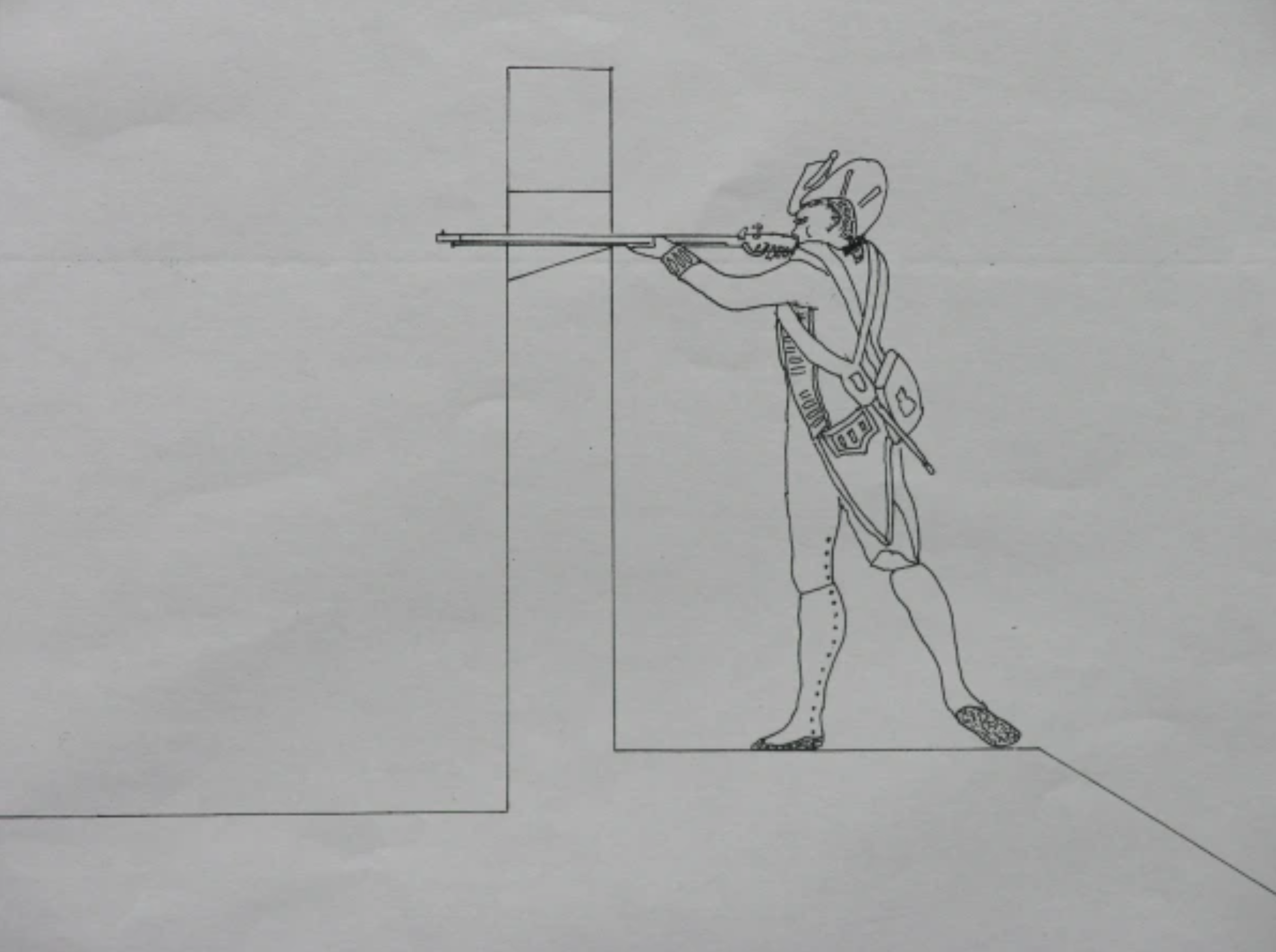
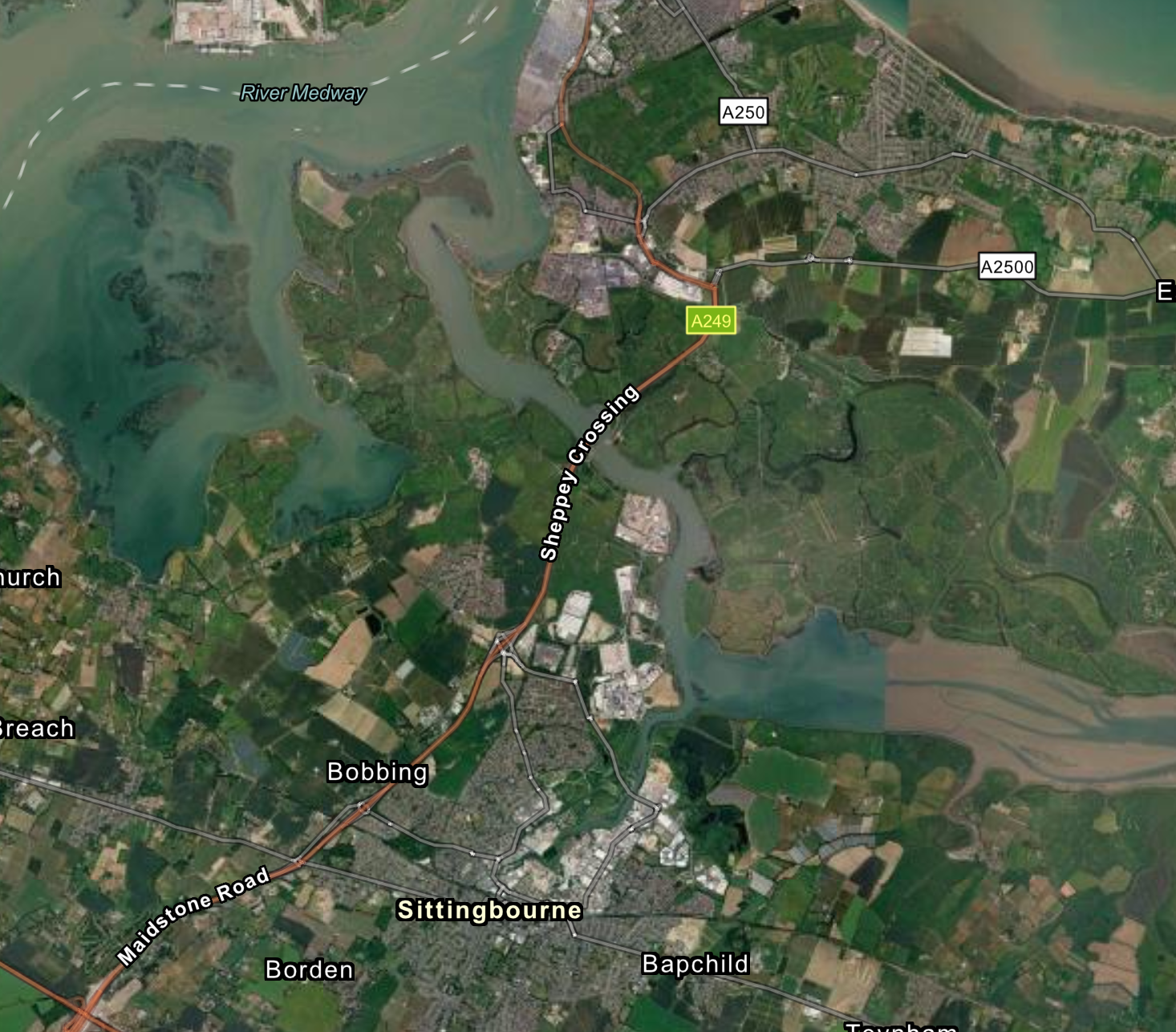
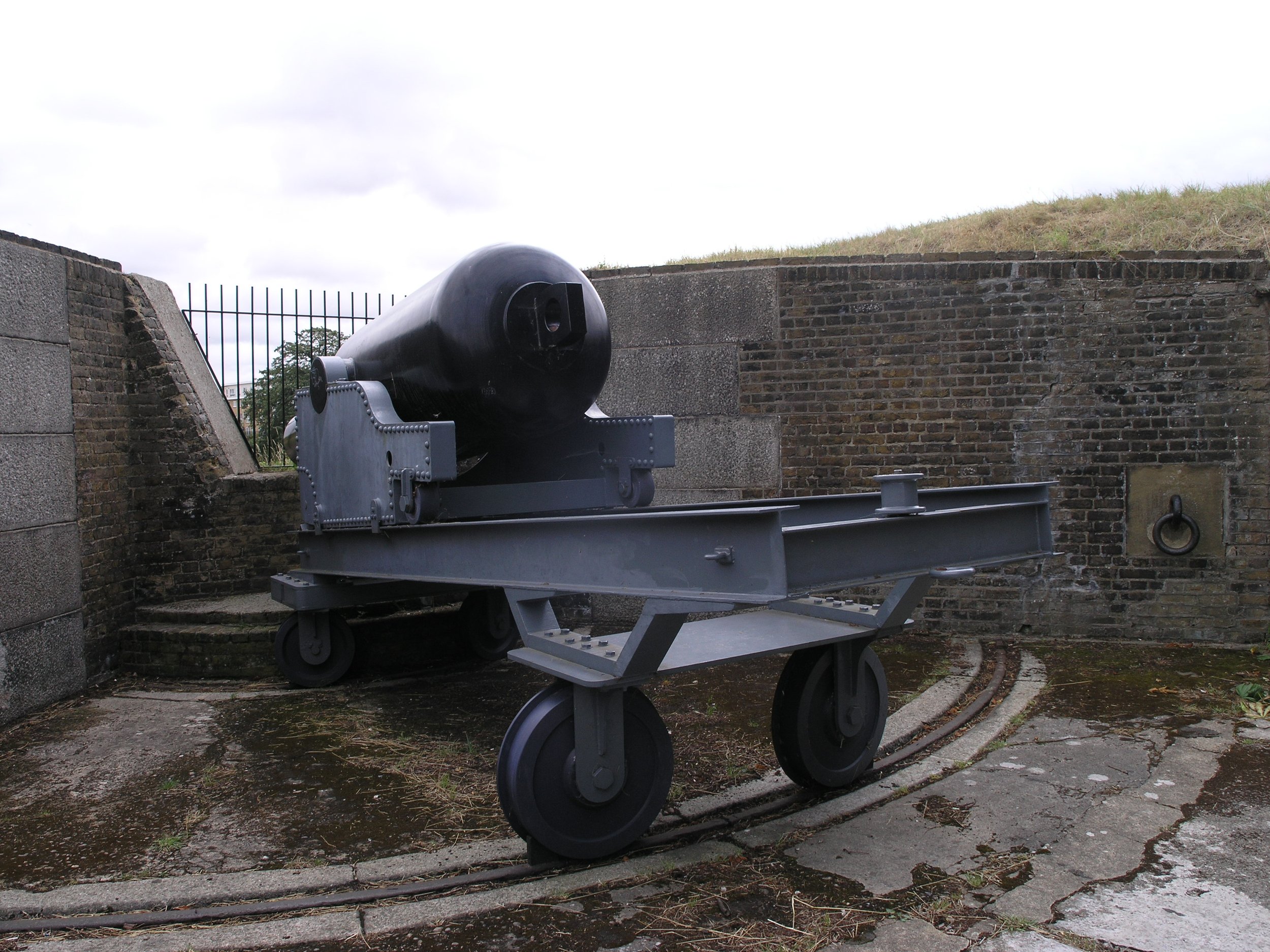
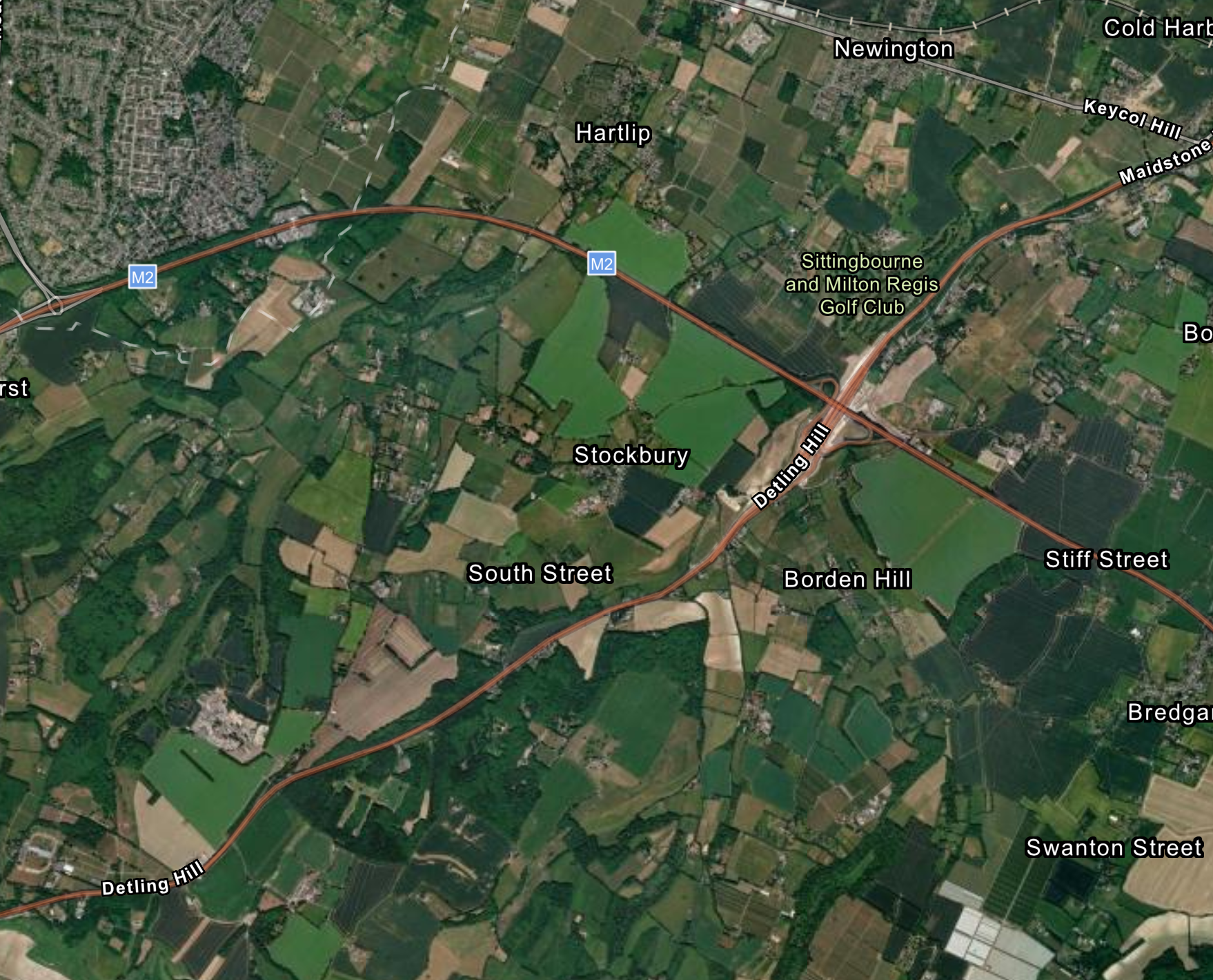
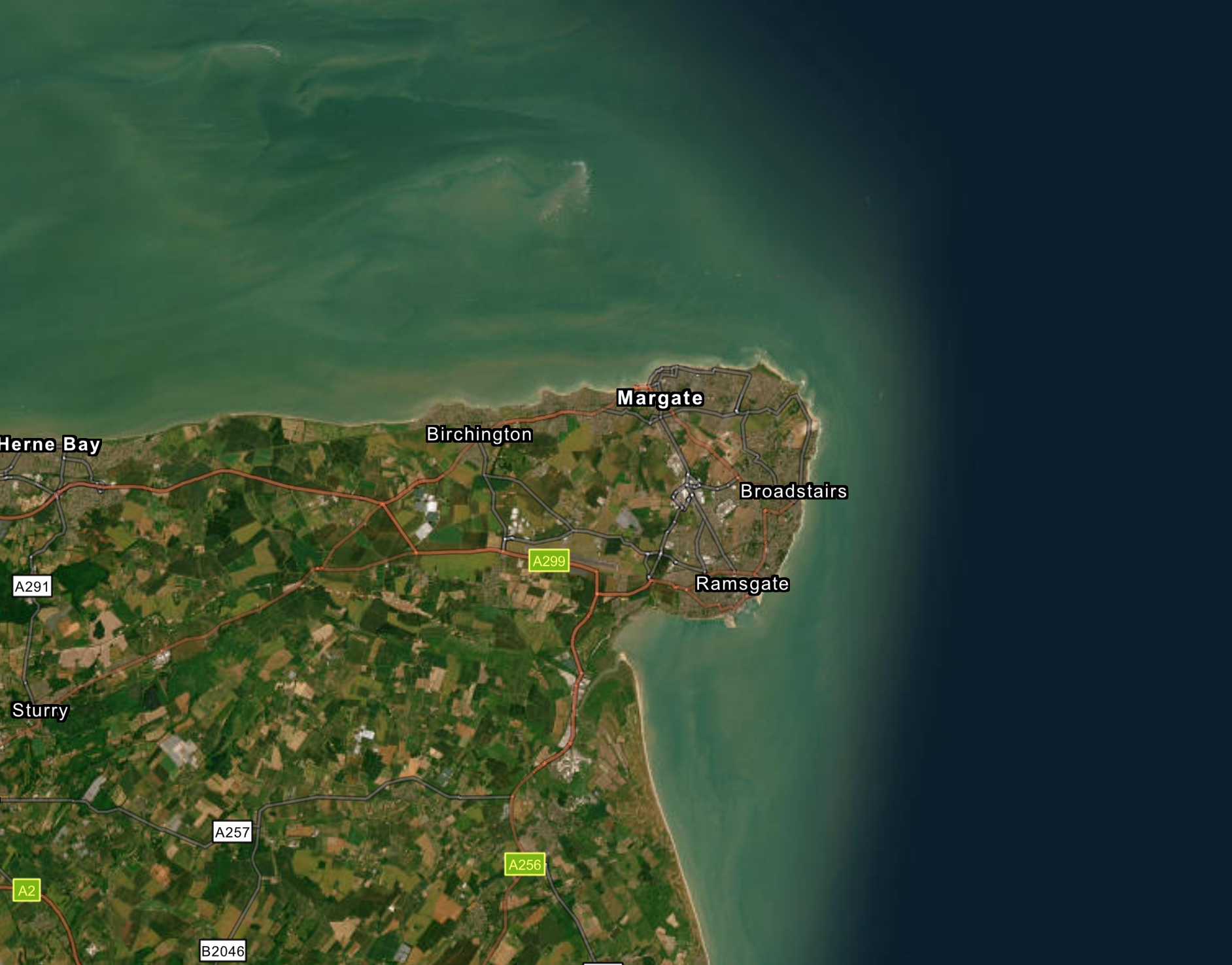
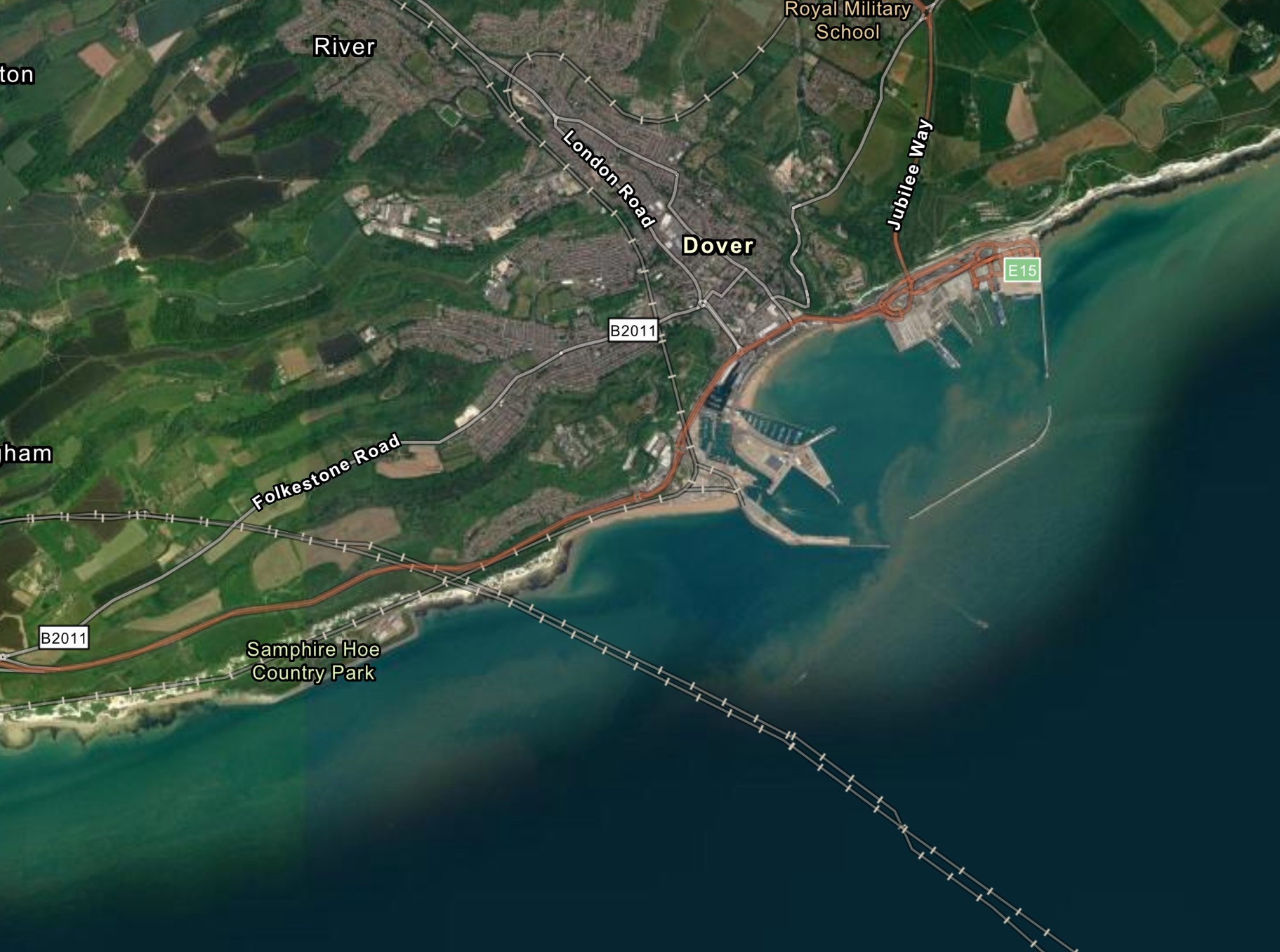
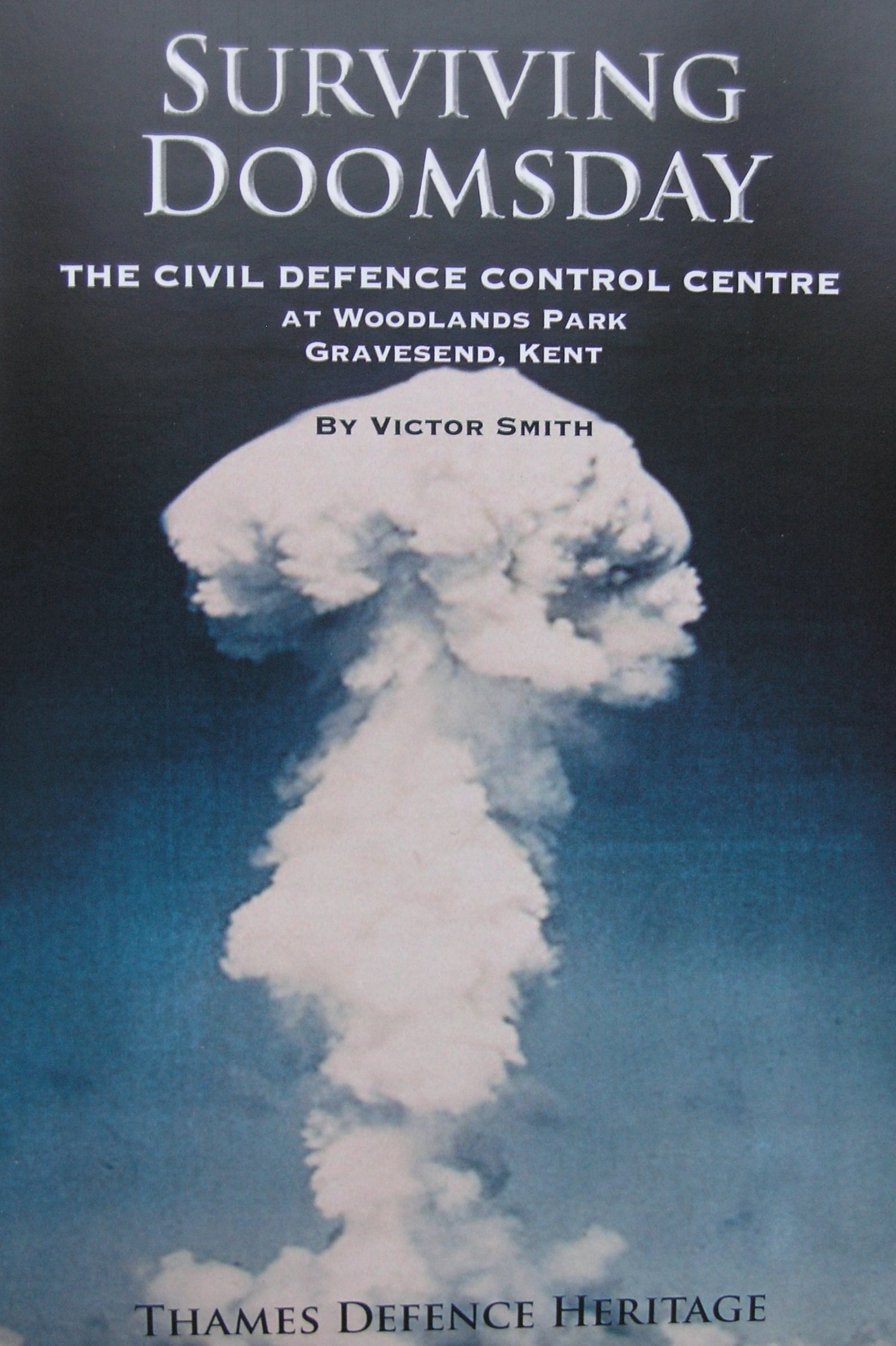
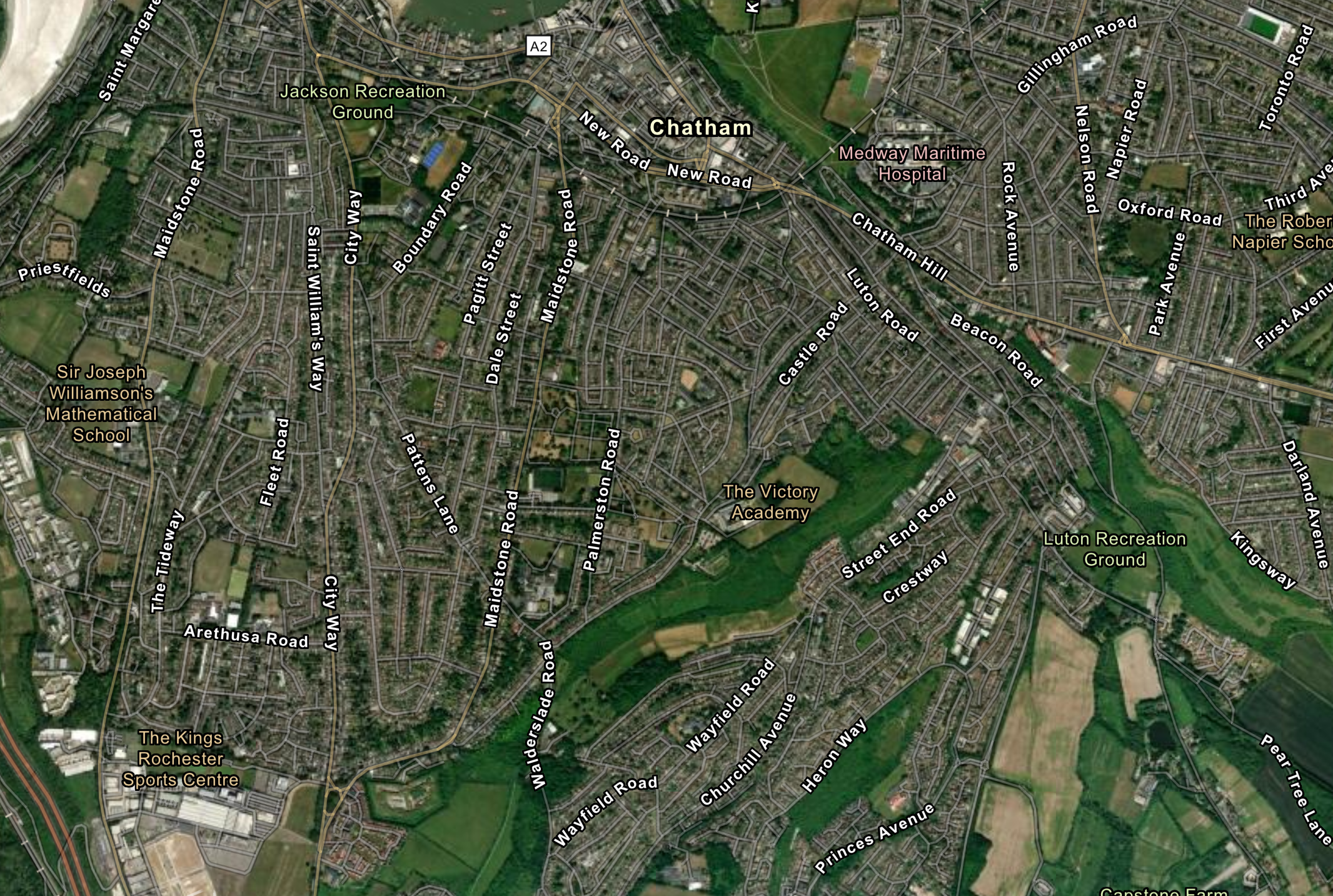
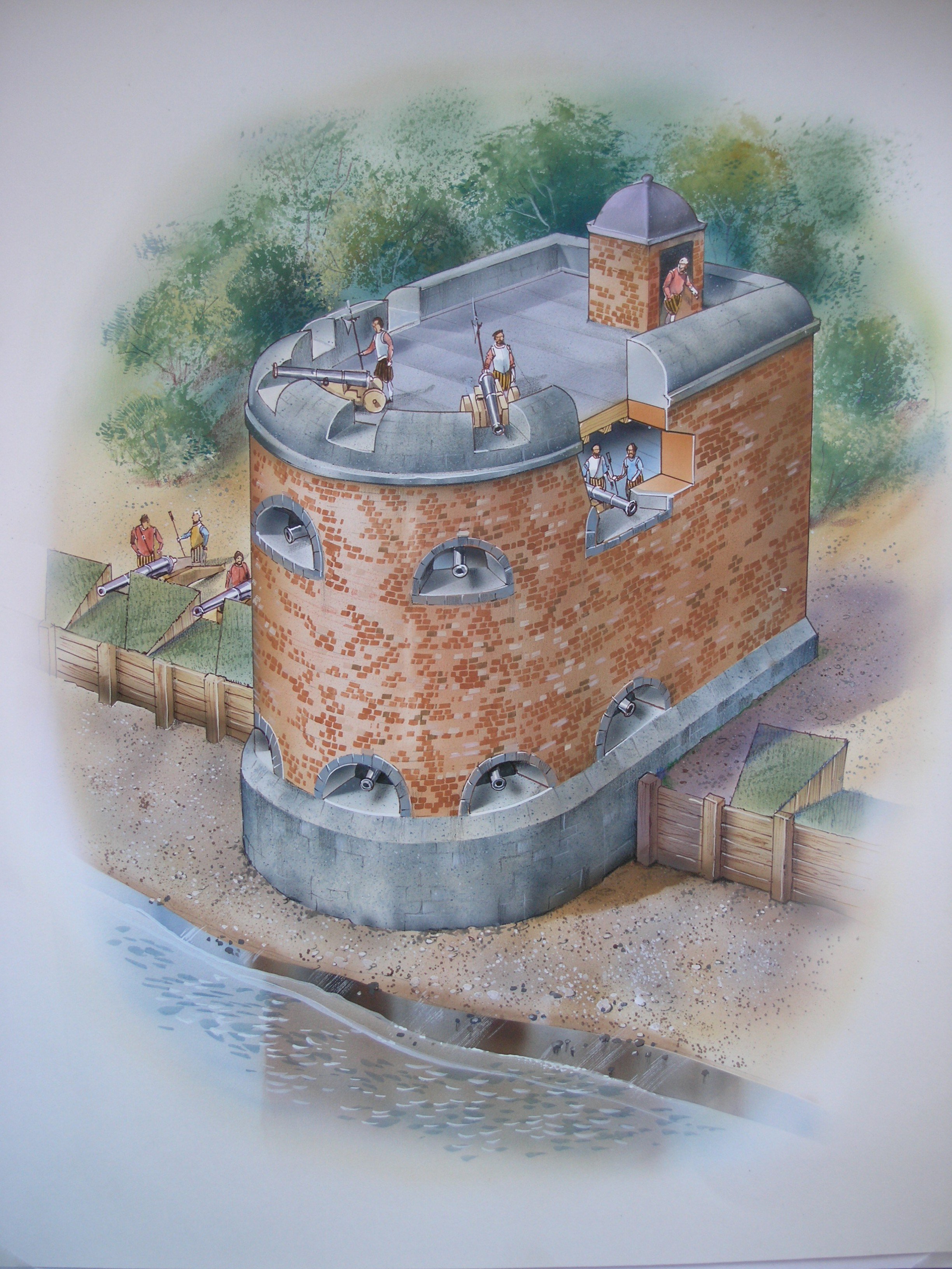
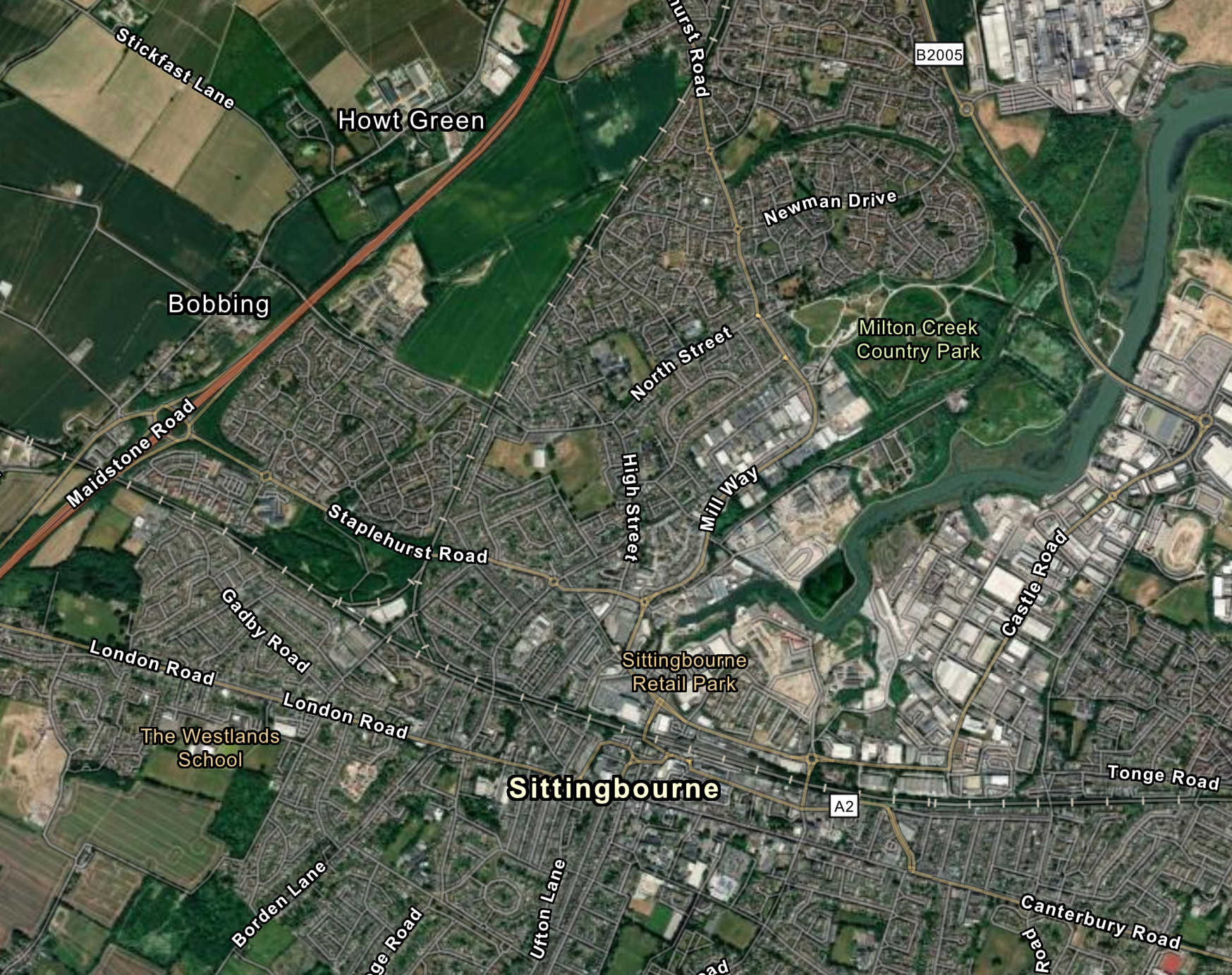



Excavations of the 19th and 20th-century defenses of Chatham Dockyard at The Lower Lines, Brompton feature in a new Canterbury Archaeological Trust report by James Holman and Peter Kendall.